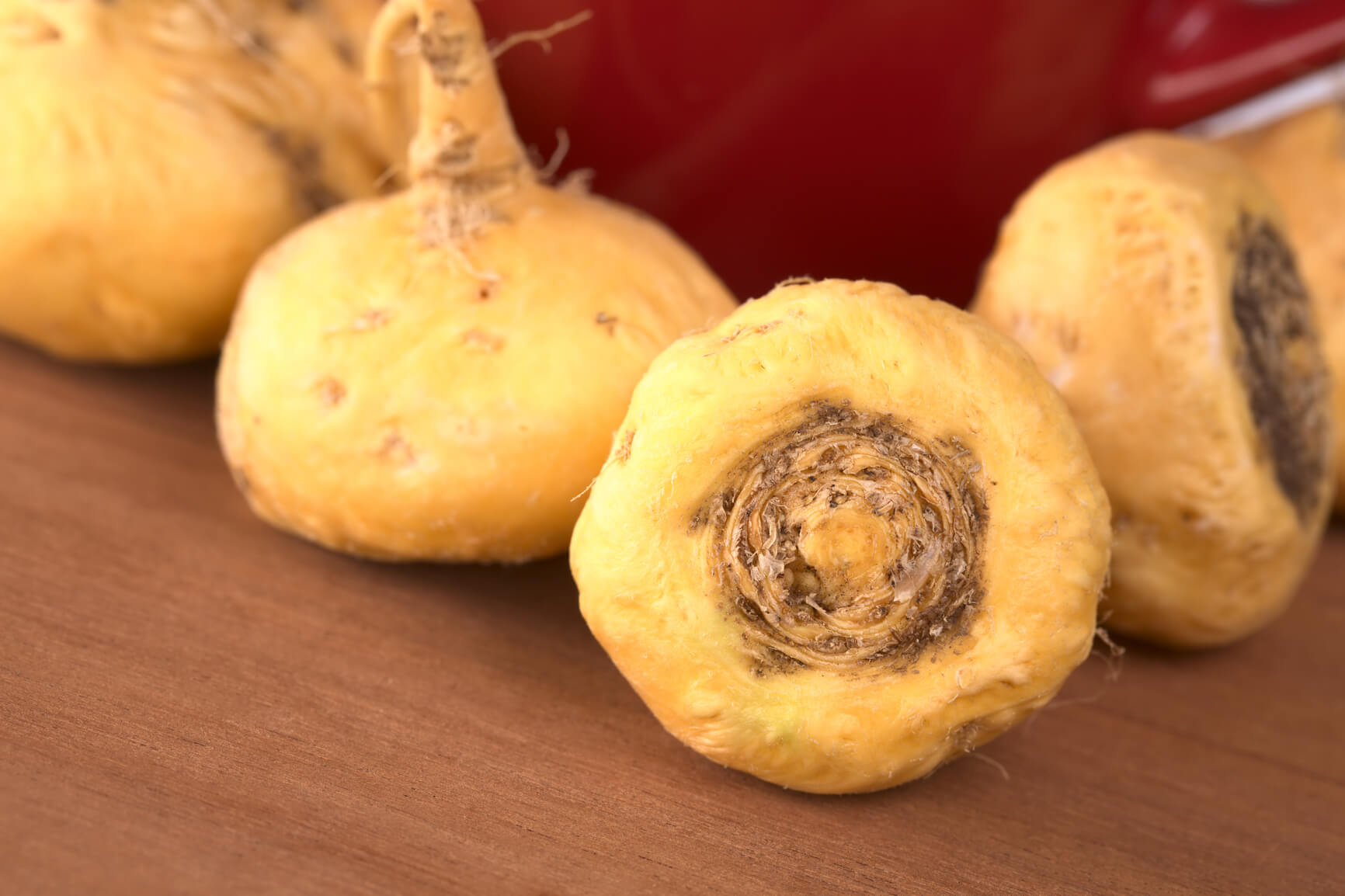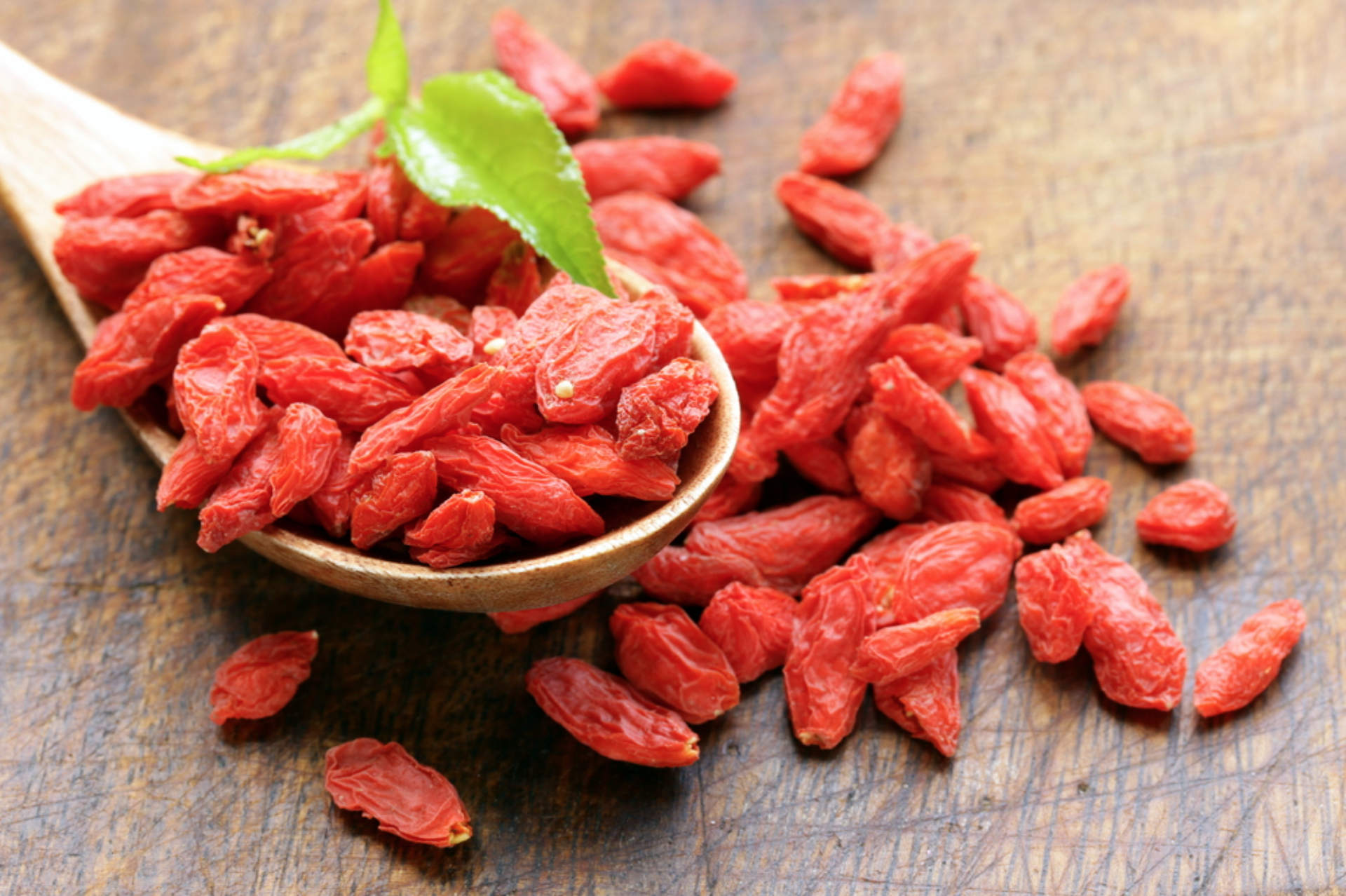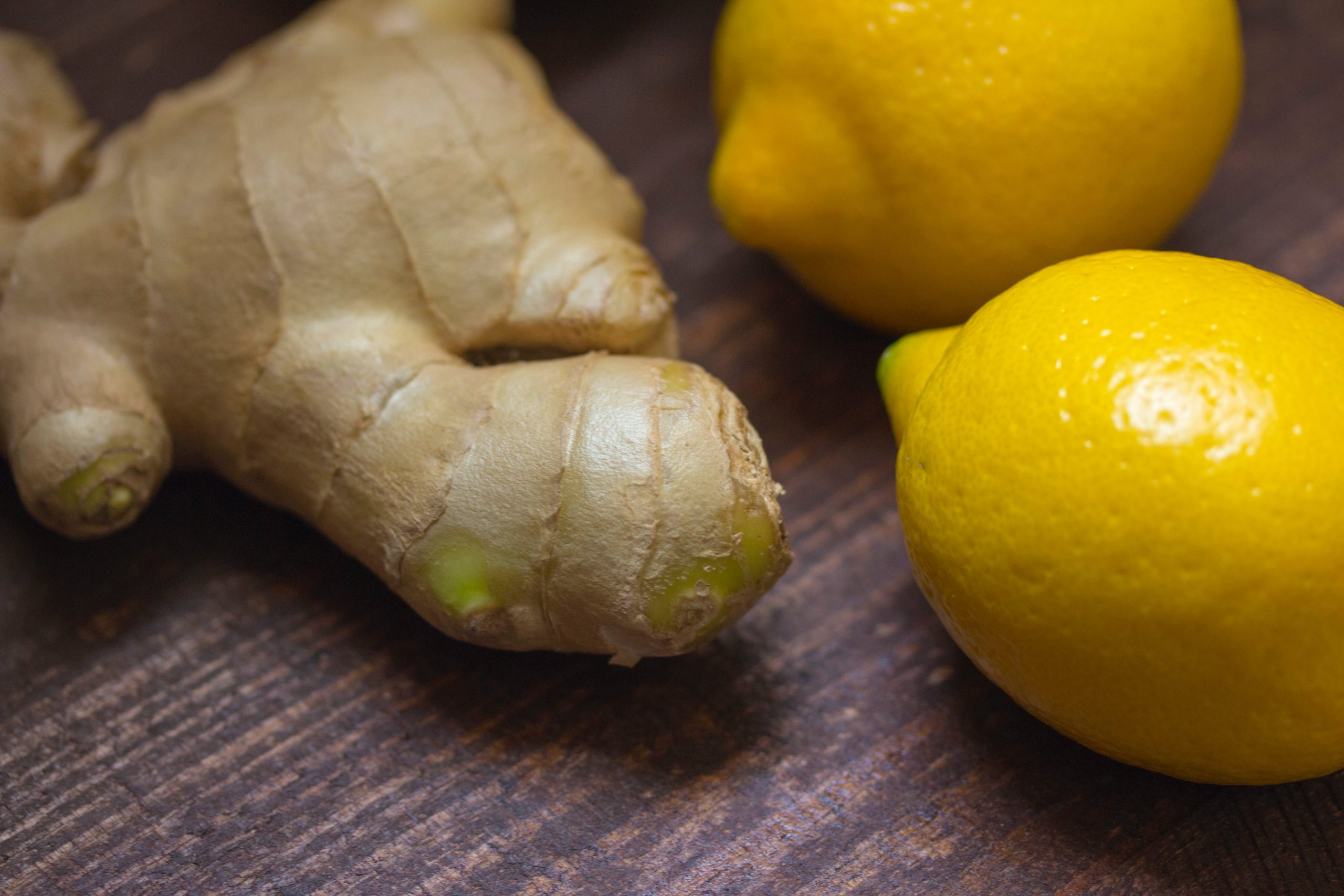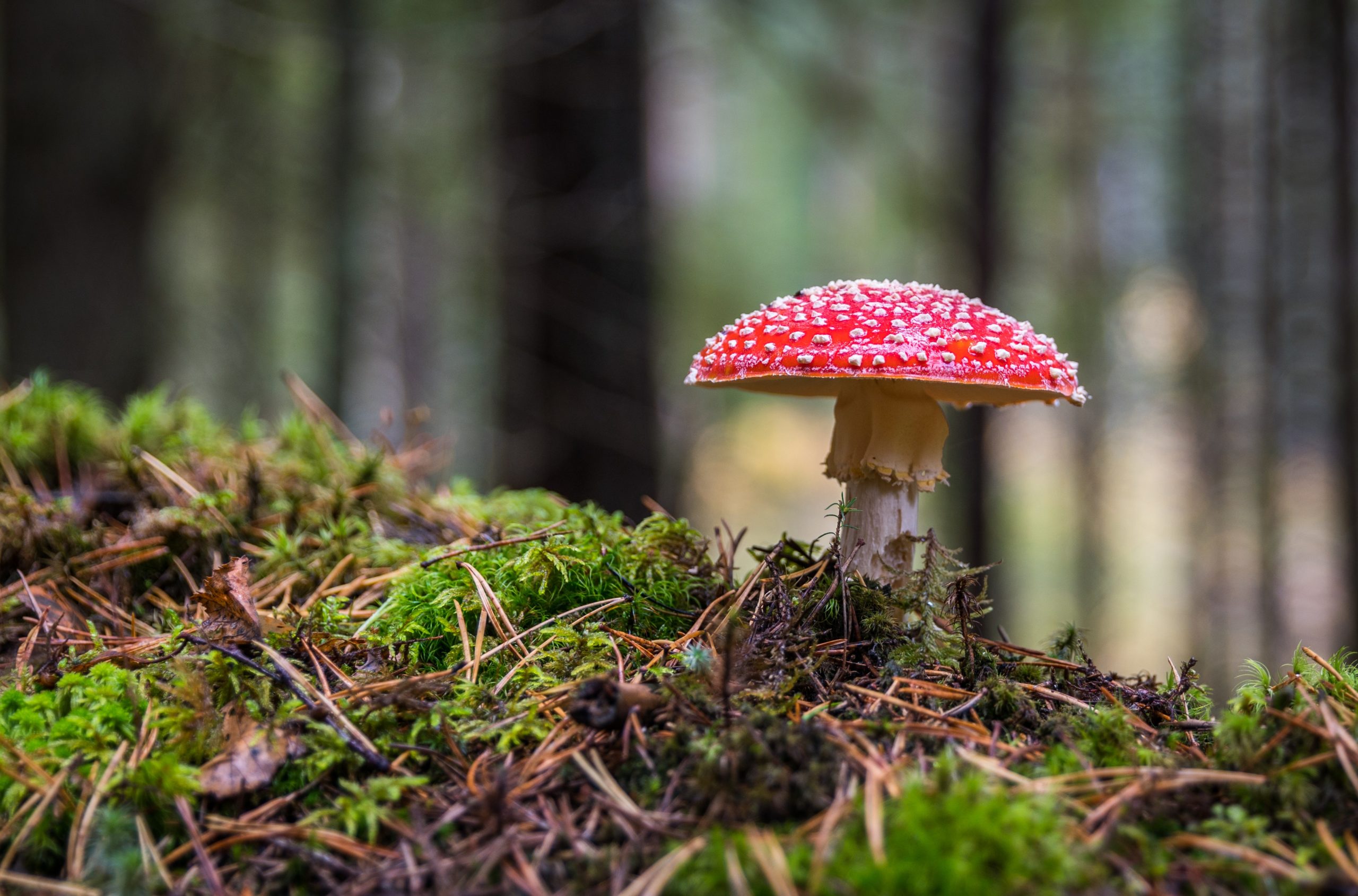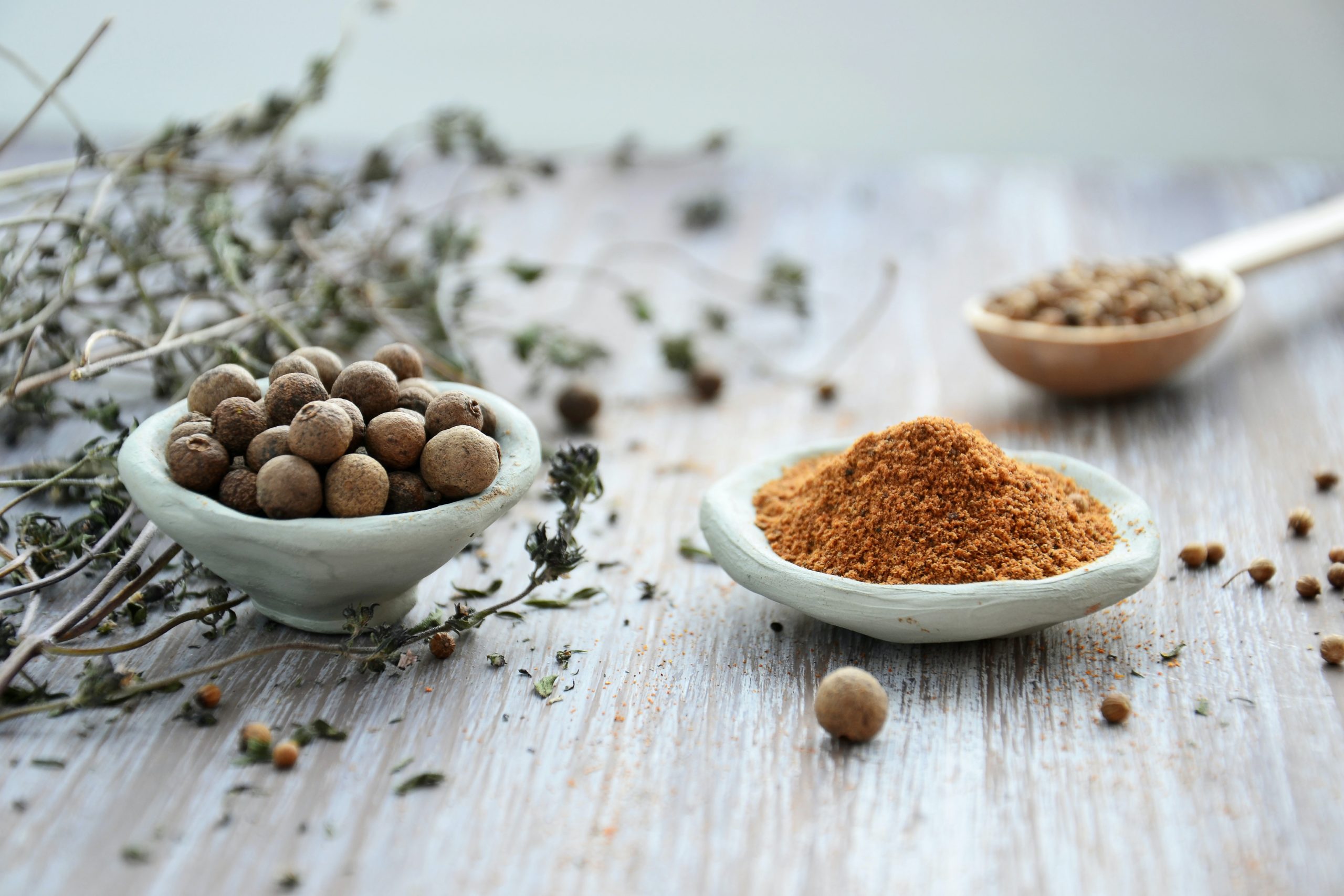MACA ROOT: NATURE’S SUPERFOOD FOR VITALITY
WHAT IS THE HISTORY OF MACA ROOT? Maca root is a root vegetable native to the Andean Mountains of South America and has been used for thousands of years by indigenous people for its nutritional and medicinal properties. The history of maca root can be traced back to the Inca civilization, where it was considered a valuable food crop and was traded as a form of currency. The root was used to enhance physical endurance, improve fertility, and boost overall health. The Incas believed that maca root had the power to increase energy, stamina, and endurance, which is why they gave it to their warriors before they went to battle. They also believed it had the power to improve fertility, and it was given to couples who were having trouble conceiving. Maca root was also consumed by the Incas as part of
Read More

